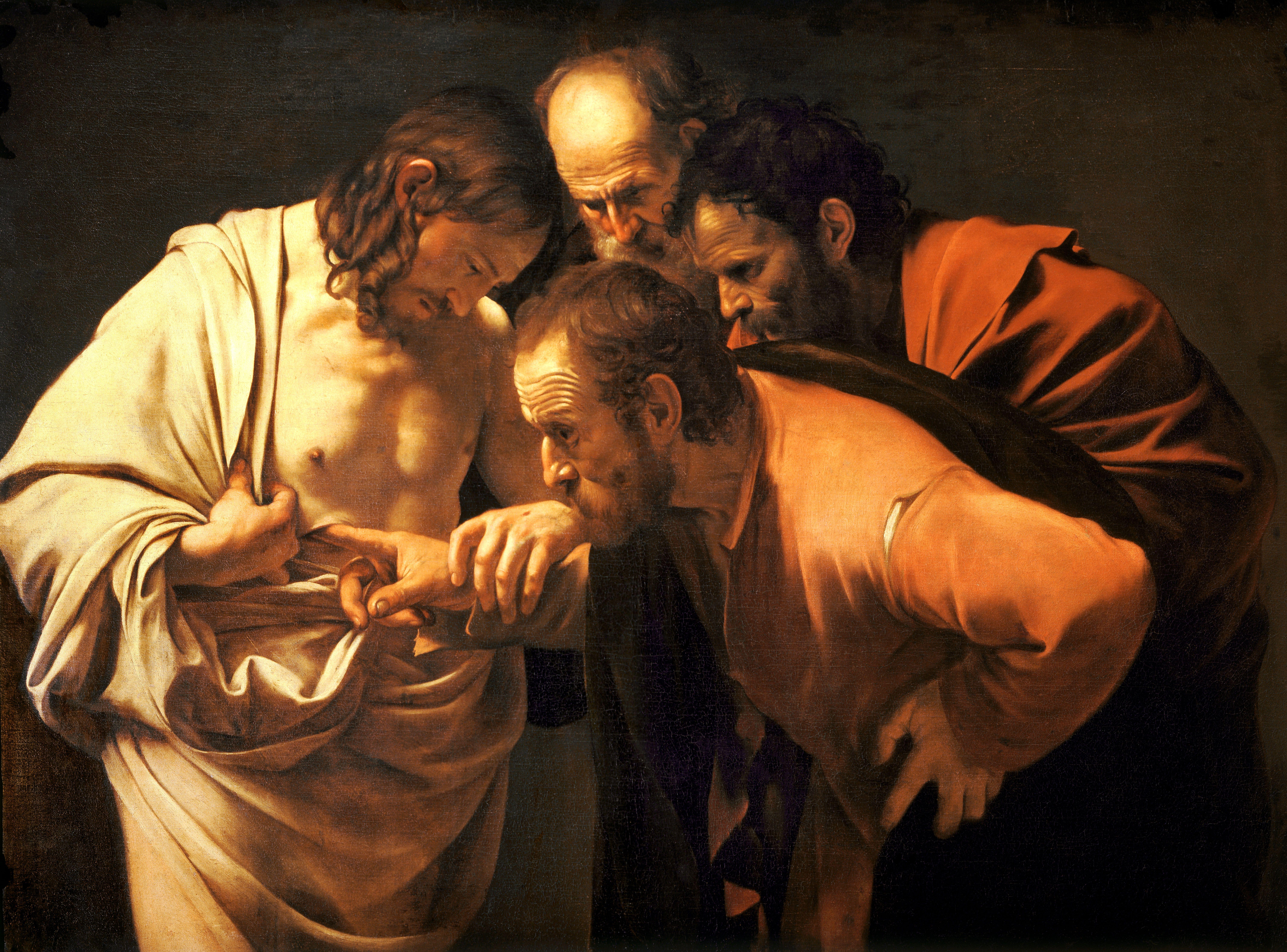Today we celebrate the Second Sunday of Easter, Divine Mercy Sunday. The Gospel reading for today is the powerful account of the Apostle St. Thomas’ encounter with the Risen Jesus a week after the Resurrection.
I found Pope Francis’ homily for this feast from 2018 to be very profound. Consider his opening words:
In today’s Gospel, we hear, over and over, the word “see”. The disciples rejoiced when they saw the Lord (Jn 20:20). They tell Thomas: “We have seen the Lord” (v. 25). But the Gospel does not describe how they saw him; it does not describe the risen Jesus. It simply mentions one detail: “He showed them his hands and his side” (v. 20). It is as if the Gospel wants to tell us that that is how the disciples recognized Jesus: through his wounds. The same thing happened to Thomas. He too wanted to see “the mark of the nails in his hands” (v. 25), and after seeing, he believed (v. 27).
Despite his lack of faith, we should be grateful to Thomas, because he was not content to hear from others that Jesus was alive, or merely to see him in the flesh. He wanted to see inside, to touch with his hand the Lord’s wounds, the signs of his love. The Gospel calls Thomas Didymus (v. 24), meaning the Twin, and in this he is truly our twin brother. Because for us too, it isn’t enough to know that God exists. A God who is risen but remains distant does not fill our lives; an aloof God does not attract us, however just and holy he may be. No, we too need to “see God”, to touch him with our hands and to know that he is risen, and risen for us.
But what most awakens me to this Gospel account is this work by the Italian Renaissance painter Caravaggio, aptly titled The Incredulity of St. Thomas:

